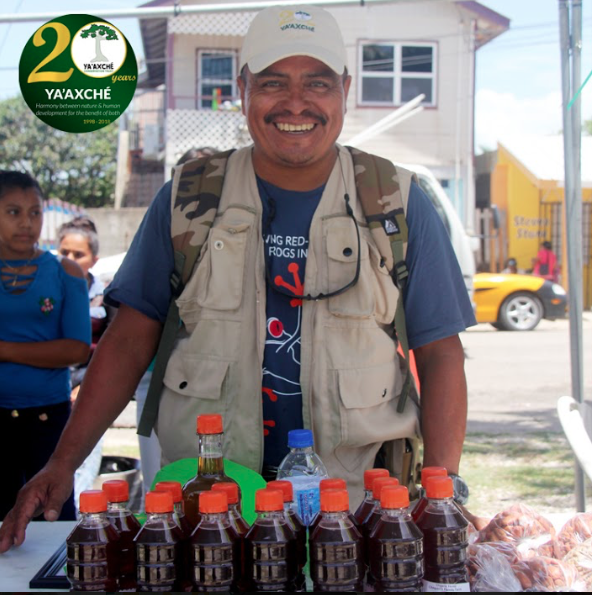We offer free hatchery tours to all of our guests who stay at Rimba. Here we explain to them why hatcheries are necessary for Pulau Sibiu and the processes involved. They hear in detail about how turtles naturally nest and the natural threats they need to avoid to ensure survival.
We explain to them how we pay above market value for the eggs to encourage locals to sell them to us and how this money is funded by groups or individuals. From here it is up to the guests whether they would like to financially support the project by adopting a nest.
It is never a "hard sell" but the question normally arises - "how is this funded?" We explain that in return the "adoptive parents" receive a video of their nest hatching, t-shirts and a certificate of adoption.
By providing a free educational service of a hatchery tour we are raising awareness about the turtle's struggles while at the same time offering tourists a way to support conservation.
We have a constant stream of supporters, some who come just to visit the resort and some who learn through friends or social media about our conservation efforts. Because of these people, we are able to fund the project. We are entirely self sufficient but can only run successfully based on external funding.
